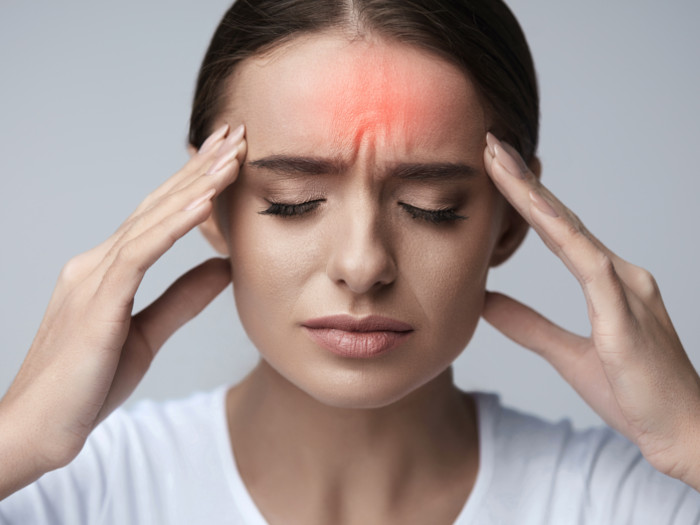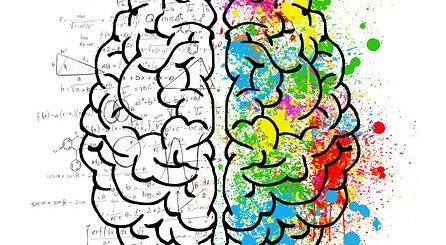Types of Headaches
Many of us are familiar with some form of the throbbing, uncomfortable, and distracting pain of a headache. The World Health Organization points out that nearly everyone experiences a headache once in a while. Although headaches can be defined as pain “in any region of the head,” the cause, duration, and intensity of this pain can vary according to the type of headache.
In some cases, a headache may require immediate medical attention. Seek immediate medical care if you’re experiencing any of the following alongside your headache:
- Stiff neck
- Rash
- The worst headache you’ve ever had
- Vomiting
- Confusion
- Slurred speech
- Fever
- Paralysis in any part of your body or visual loss
- Primary headaches
Primary headaches occur when the pain in your head is the condition. In other words, your headache isn’t being triggered by something that your body is dealing with, like illness or allergies.
These headaches can be episodic or chronic:
- Episodic headaches may occur every so often or even just once in a while. They can last anywhere from half an hour to several hours.
- Chronic headaches are more consistent. They occur most days out of the month and can last for days at a time. In these cases, a pain management plan is necessary.
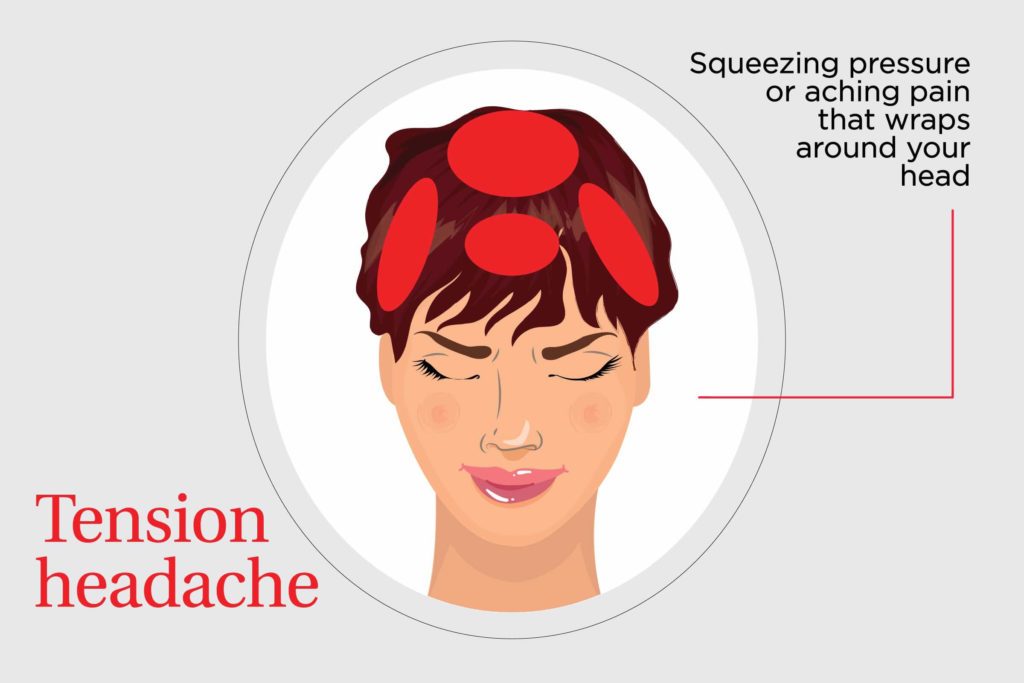
- Tension headaches
If you have a tension headache, you may feel a dull, aching sensation all over your head. It isn’t throbbing. Tenderness or sensitivity around your neck, forehead, scalp, or shoulder muscles also might occur.
Anyone can get a tension headache, and they’re often triggered by stress. An over-the-counter (OTC) pain reliever may be all it takes to relieve your occasional symptoms. If OTC medications aren’t providing relief, your doctor may recommend prescription medication. When a tension headache becomes chronic, a different course of action may be suggested to address the underlying headache trigger.
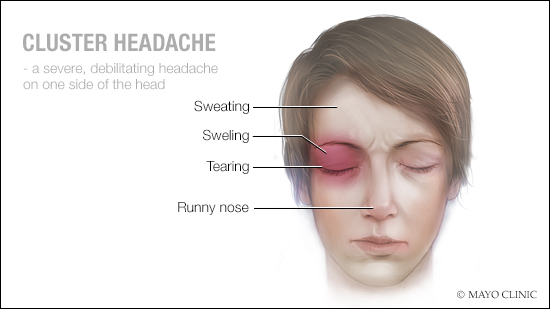
- Cluster Headaches
Cluster headaches are characterized by severe burning and piercing pain. They occur around or behind one eye or on one side of the face at a time. Sometimes swelling, redness, flushing, and sweating can occur on the side that’s affected by the headache. Nasal congestion and eye tearing also often occur on the same side as the headache.
These headaches occur in a series. Each individual headache can last from 15 minutes to three hours. Most people experience one to four headaches a day, usually around the same time each day, during a cluster. After one headache resolves, another will soon follow.
Doctors aren’t sure what causes cluster headaches, but they do know some effective ways to treat the symptoms. Your doctor may recommend oxygen therapy, sumatriptan (Imitrex) or local anesthetic (lidocaine) to provide pain relief.
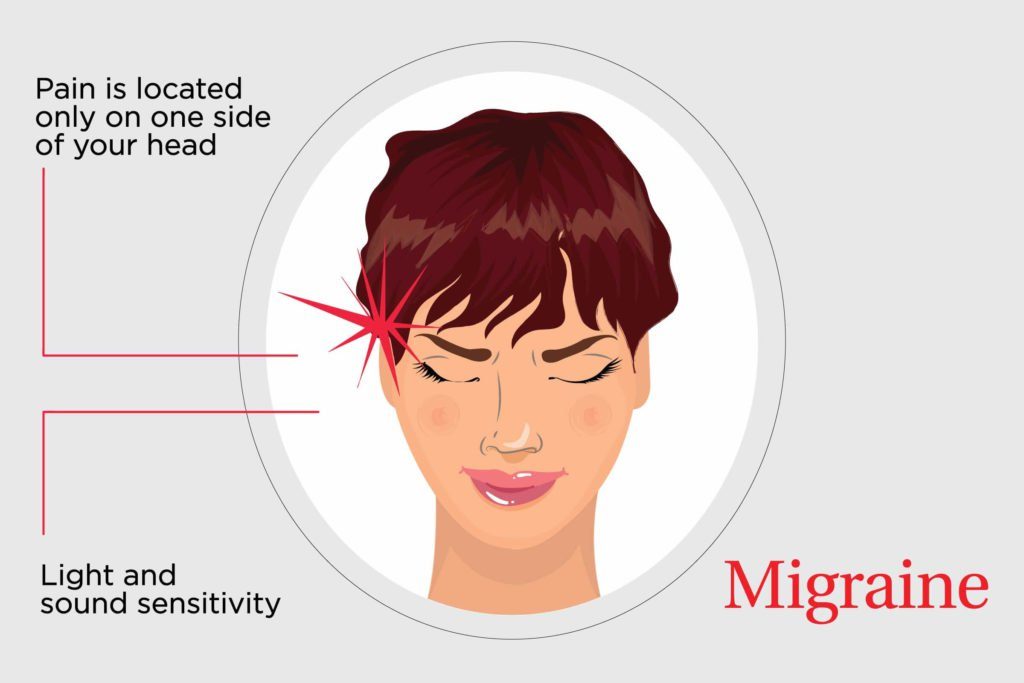
- Migraines
Migraine pain is an intense pulsing from deep within your head. This pain can last for days. The headache significantly limits your ability to carry out your daily routine. Migraines are throbbing and usually one-sided. People with migraine headaches are often sensitive to light and sound. Nausea and vomiting also usually occur.
Some migraines are preceded by visual disturbances. About one out of five people will experience these symptoms before the headache starts. Migraines might run in your family, or they can be associated with other nervous system conditions. Women are three times more likely to develop migraines than men. People with post-traumatic stress disorder also have an increased risk for migraines.
Certain environmental factors, such as sleep disruption, dehydration, skipped meals, some foods, hormone fluctuations, and exposure to chemicals are common migraine triggers.
If you experience headaches that are debilitating more than three days a month, headaches that are somewhat debilitating four days a month, or any headaches at least six days per month, talk to your doctor about taking a daily medication to prevent your headaches.
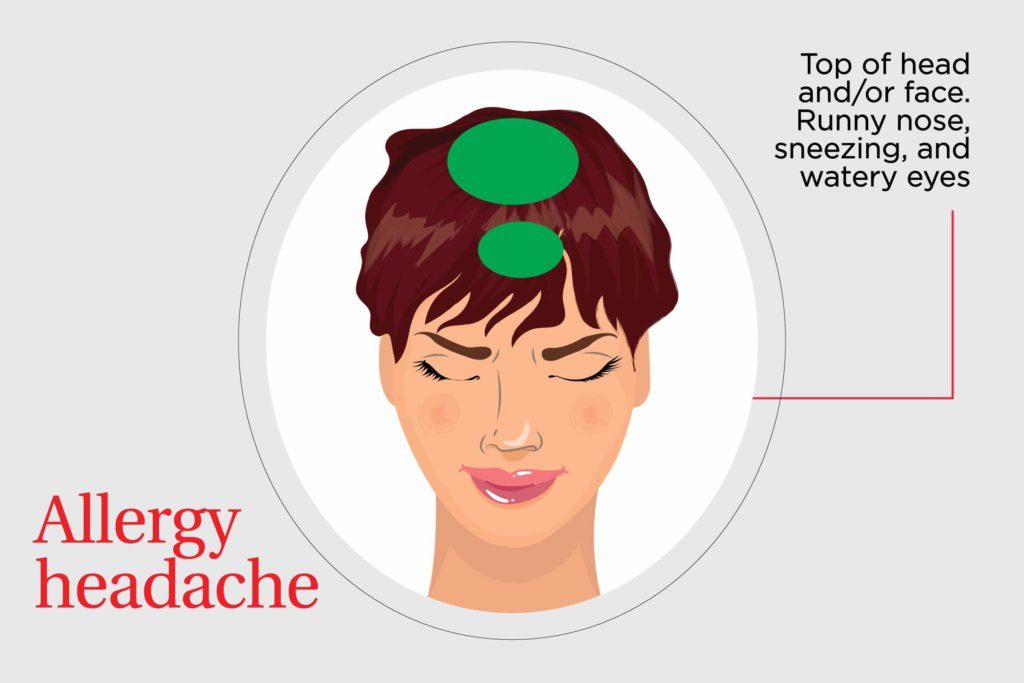
- Allergy or sinus headaches
Headaches sometimes happen as a result of an allergic reaction. The pain from these headaches is often focused in your sinus area and in the front of your head. Migraine headaches are commonly misdiagnosed as sinus headaches. In fact, up to 90 percent of “sinus headaches” are actually migraines. People who have chronic seasonal allergies or sinusitis are susceptible to these kinds of headaches.
Sinus headaches are treated by thinning out the mucus that builds up and causes sinus pressure. A sinus headache can also be a symptom of a sinus infection. In these cases, your doctor may prescribe antibiotics to clear the infection and relieve your headache and other symptoms.
- When to see your doctor
In most cases, episodic headaches will go away within 48 hours. If you have a headache that lasts more than two days or that increases in intensity, you should see your doctor for assistance.
If you’re getting headaches more than 15 days out of the month over a period of three months, you might have a chronic headache condition. You should see your doctor to find out what’s wrong, even if you’re able to manage the pain with aspirin or ibuprofen.

